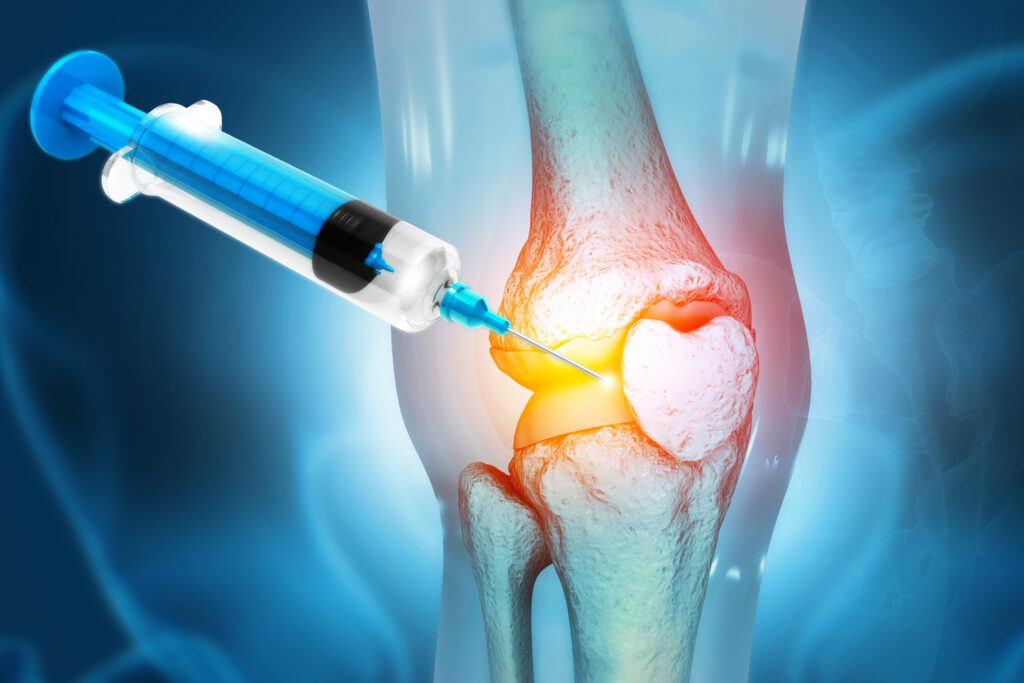In a groundbreaking study, researchers have explored the potential benefits of combining muscle energy technique (MET) with conventional physical therapy for patients undergoing mesenchymal stem cell transplantation (MSCT) for knee osteoarthritis (OA). This innovative approach aims to improve outcomes and enhance recovery for individuals suffering from this debilitating condition.
The objective of the study was to assess the efficacy of MET in conjunction with traditional physical therapy, specifically following MSCT in knee OA patients. The significance of this research cannot be understated, as knee osteoarthritis is a leading cause of chronic pain and disability worldwide. Current treatment options often fall short, and there is a pressing need for effective rehabilitation strategies to support patients after stem cell procedures.
The authors of this enlightening study—Fanila Ashraf, Kinza Anwar, and Hafsah Arshad—are affiliated with reputable institutions in Pakistan. Their collective expertise in physical therapy and rehabilitation underpins the study’s credibility. Fanila Ashraf hails from Railway General Hospital, while Kinza Anwar is associated with Riphah International University. Hafsah Arshad represents Ibadat International University. Together, they bring a wealth of knowledge and experience to the research arena.
The study’s findings are particularly promising for the field of physical therapy. By integrating MET, which involves the patient actively participating in their own treatment through specific muscle contractions, with standard rehabilitation practices, the authors hypothesize that patients may experience improved mobility, reduced pain, and enhanced overall recovery. This approach not only aims to alleviate symptoms but also addresses the underlying biomechanical issues that often contribute to persistent discomfort in knee OA patients.
As the research community continues to investigate novel treatment modalities, this study shines a light on the potential of combining established techniques with innovative therapies to optimize patient care. The implications of such findings could pave the way for more effective rehabilitation protocols, ultimately leading to better quality of life for those affected by knee osteoarthritis.
In conclusion, the research conducted by Fanila Ashraf, Kinza Anwar, and Hafsah Arshad represents a significant step forward in the quest for improved treatments for knee OA. As further studies are undertaken and more data emerges, the hope is that MET in combination with conventional physical therapy will become a standard practice in the rehabilitation of patients who have undergone mesenchymal stem cell transplantation. This could mark a new era in the management of osteoarthritis, offering hope and relief to millions worldwide.


